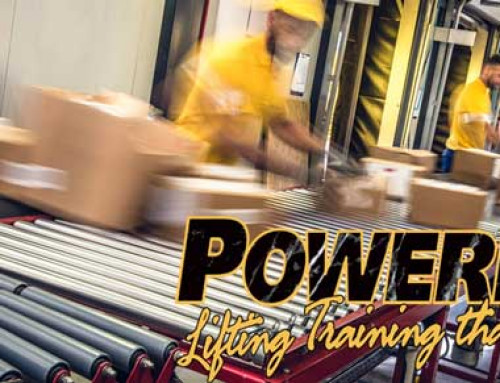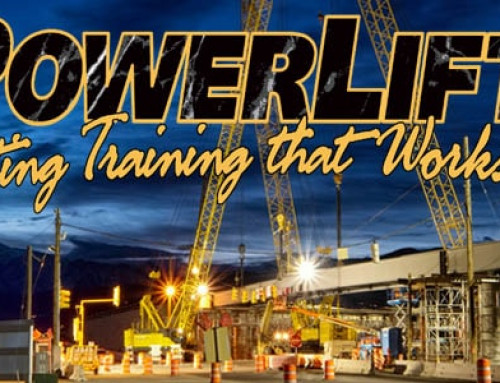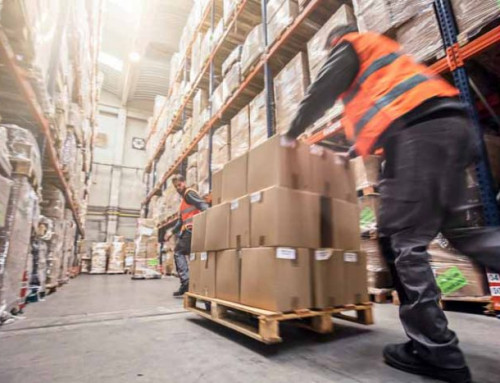When it comes to keeping your employees safe while on the job everyone agrees it is the right, necessary and even legal thing to do. What many disagree about is how best to deliver the safety training.
Traditional safety training involves a classroom, an instructor, usually a PowerPoint presentation and material that, while safety focused, is generic and designed to appeal to “most” companies. Some have moved to safety videos or web-based training courses chosen from a library of “off the shelf” safety topics. The appeal to these is the convenience and relatively low cost but the trade off is relevance. Most of this training does not apply to your workers, here’s why:
- The work demonstrated in the video is not the same as yours.
- The equipment shown is not the same as what your employees use.
- The safety procedures don’t match what you want your employees doing.
- Terminology used in a generic video will never match your company.
- The actors used are clearly not real workers and don’t know the job.
For these reasons many employees are critical of the training and dismiss it as not relevant since it’s only marginally related to their job. So how effective is safety training if your employees are not engaged and not taking it seriously?
Over the past several years we’ve seen a shift in the design and delivery of safety training and more importantly, the positive effects it has on safety metrics.
Custom designed content is the fastest growing training method being used by leading companies in the field. It connects with your employees because it is relevant to them, their job and your company. It makes sense that workers will closely relate to training that is specifically designed for them, and in the training world, there is a strong correlation between relating to a topic and understanding it.
Custom designed content simply means training designed for a specific job, process, or company. The training uses your employees, your approved procedures, speaking in your company terminology, filmed at your plant or job site. It is powerful because it immediately connects to the workers. They recognize the people demonstrating the safety procedures and the work they are doing. This is an important difference from “generic” safety courses.

Consider the following example:
Johnson Services employs field workers who repair pipelines in the field. Working on the pipes is often hazardous and requires a specific set of safety procedures, tools and protocol that all field workers must follow. Recently there has been an increase in accidents involving new support stands that are used when working on sections of pipe. The field safety engineer determined that the workers are not using the support stands correctly and the pipes are shifting causing injuries.
Johnson turned to the manufacturer of the stands and asked for training help. The manufacturer sent their company video on how to use the stands properly. Johnson brought a group of field workers in for this training and afterward asked them if this was helpful and could it reduce the pipe support accidents. The workers explained that while the video was “kind of like what we do” there were many differences and only some of it was helpful. Some comments were:
“Those guys were working on different pipes, ours don’t sit in the supports the same way”.
“The video was nice and all but they showed the supports being used in a shop environment, not in the field where conditions change and you don’t have a flat floor”.
The takeaway for safety training is “relevance”.
Johnson recognized the generic safety video would not reduce accidents and contacted a custom designed content provider. The training company’s approach was twofold; learn how the manufacturer suggested the supports be used and learn how Johnson was actually using them. They worked closely with Johnson’s safety engineers in the field to design a safety course that combined both the manufacturer’s recommendations and practical application on Johnson projects.
The result was a video based training course filmed in the field showing how to properly use the supports at an actual job site. Johnson employees were shown properly placing and attaching the supports then explaining why they did it that way. The safety engineer (that workers all knew and respected) was also filmed explaining the importance of this training and the company’s commitment to safety.
At the end of the course there was a recap of the most important sections and a short quiz to ensure employees understood the critical safety points.
The response from the field workers was amazing. This training was different because it connected to the work they do, they respected the people demonstrating the safety procedures and it used their tools and procedures.
It was relevant.
Custom designed content is the fastest growing training method for one simple reason…. it works.
It’s easy to get started to improve your safety training and reduce accidents with content that your employees can relate to. For information on how your safety program can benefit from custom designed content, contact us at info@kmilearning.com



